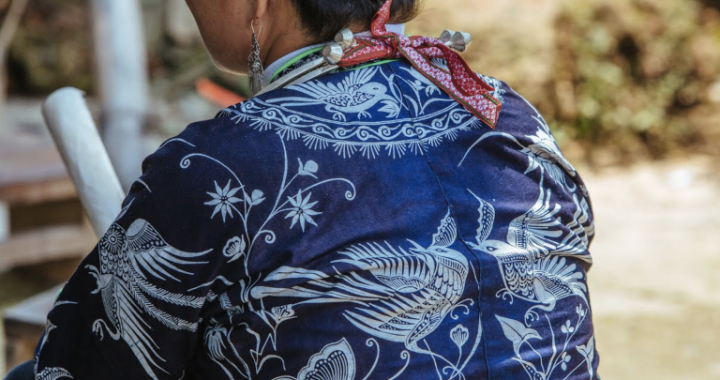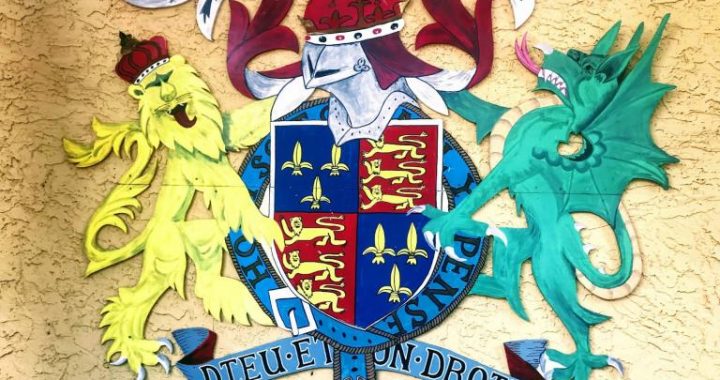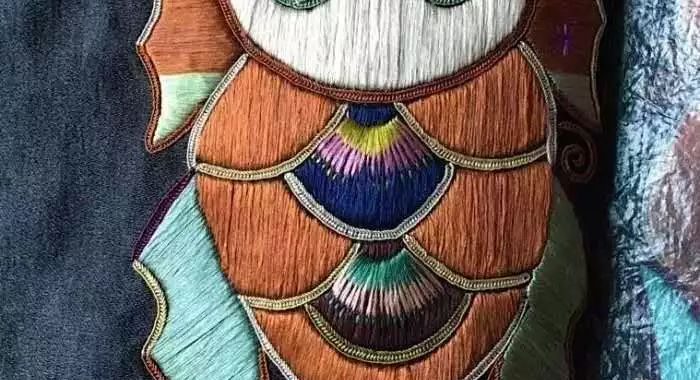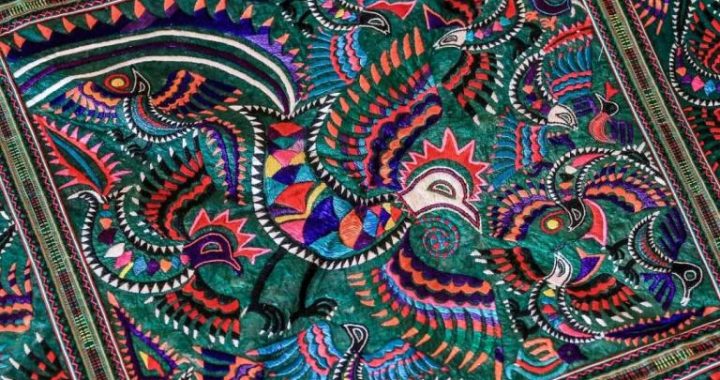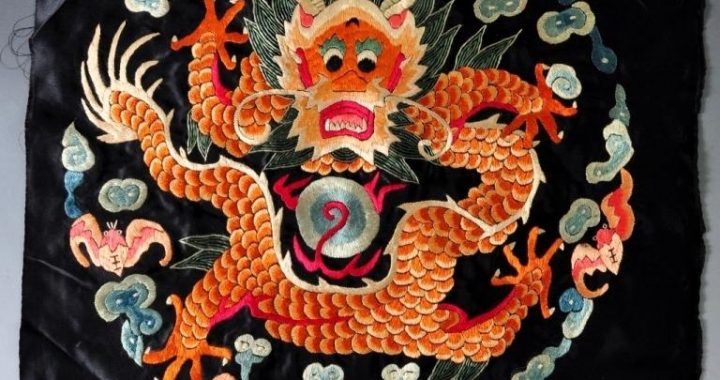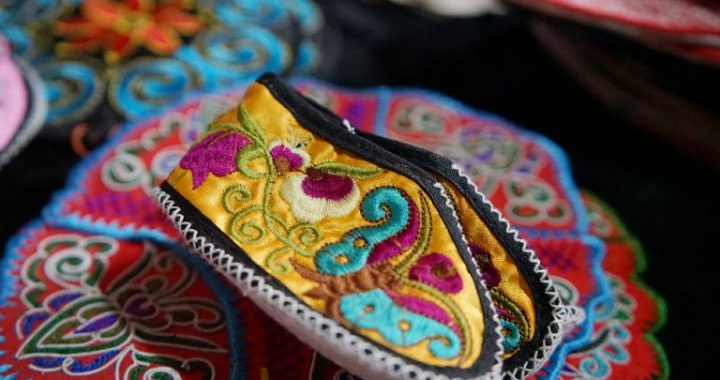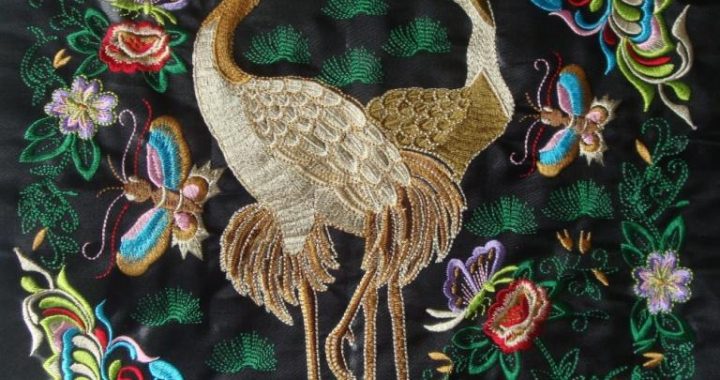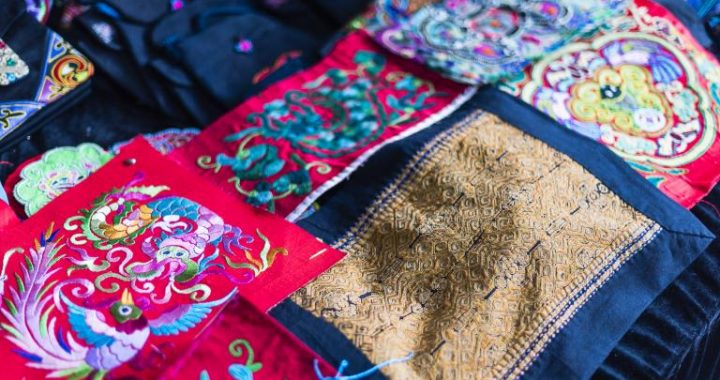Splendid Stage Costumes
2 min readstage costumes are an important part of traditional Chinese clothing. They have developedfrom ordinary clothes and embodied many characteristics of traditional Chinese clothing.
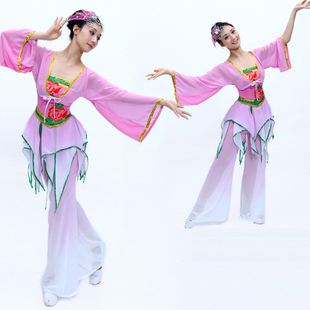
Stage costumes are referred to as xingtou in the Chinese language, and each role in a play has his or her own special costume. Audiences can usually tell the identity of a role by the stage costume. For example, young female characters are divided into two kinds, qingyiand huadan.
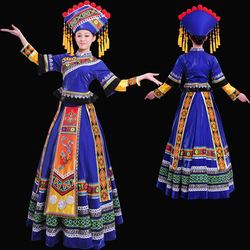
The former are the heroines, who usually possess a virtuous and dignified character, suchas Lady Mengjiang in Lady Mengjiang Mourns Her Husband at the Great Wall or Sun Shangxiang in Making Sacrifices to the River. Their costumes are usually simple and elegant, typically in the black. The huadan are usually lively young girls, and therefore their costumes are bright and colorful. Huadan usually wear a coat and a skirt, with a sleeveless jacket and waist sash with ornaments. The huadan costume is the most beautiful of all stage costumes.
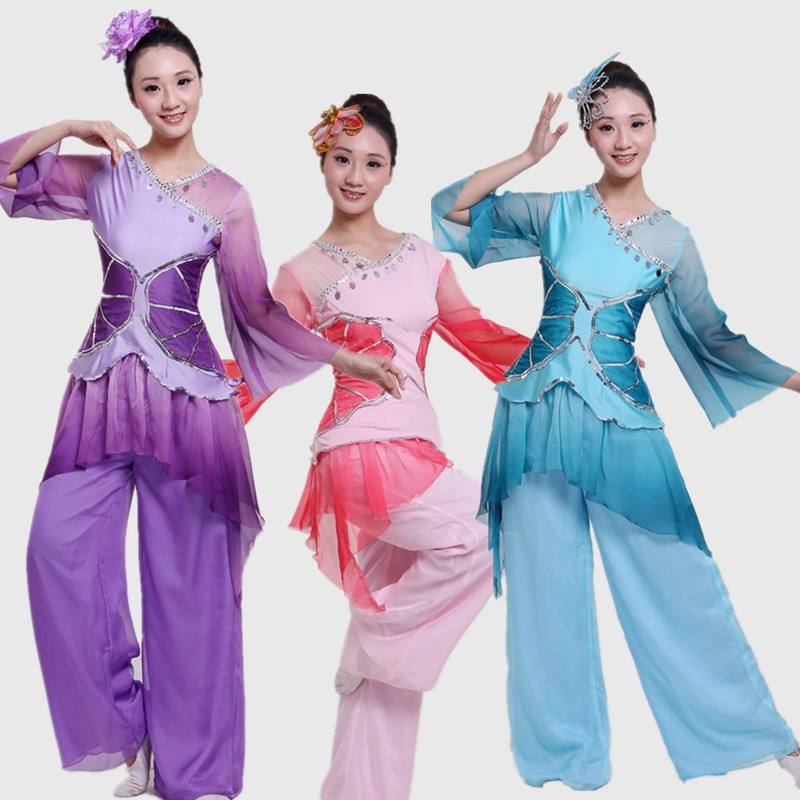
The costumes used in Chinese plays match well with the personalities, identities and moods of the roles. For example, the qingyiusually lead a hard life and have a melancholy character, therefore their costumes are usually in cooler colors, while the huadan roles are usually lively and cheerful, with the gorgeous clothing well suiting their sanguine personalities.
ACourt Lady with Head ornament(detail), by Zhou Fang(birthand deathdates unknown), Tang Dynasty Chinese stage costumes reflect the exquisite beauty pursued by traditional Chinese aesthetics. The image of Zhao Yun (?-229),a historical figure of the Three Kingdoms Period(220-280) and the hero in the famous Peking Opera The Slopes of Changban, serves as a good example. In the Changban hillside battle, Zhao Yun ventures alone into the enemy campto rescue Liu Bei(161-223), his master. The story displays Zhao Yun’s loyalty, valiance and heroic bearing. Onstage, Zhao Yun wears red facial makeup(symbolizing loyalty and heroism),a splendid robe, and a dragon-design cape, with four triangular streamers waving on his back.
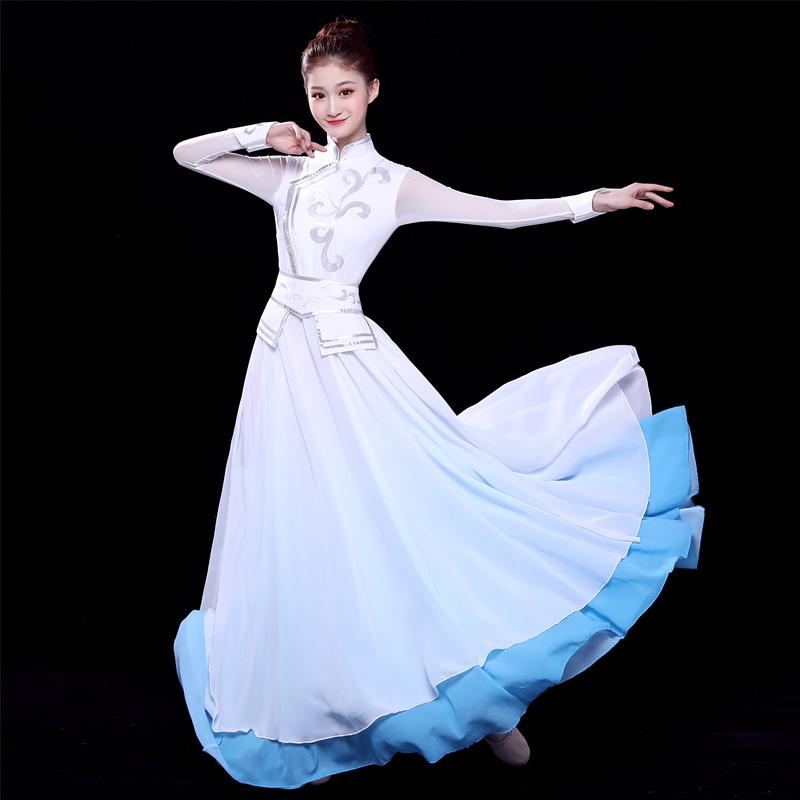
With his agile movements, the streamers fly, and the robe and ornaments gleam, thus vividly displaying a valiant and heroic image on the stage.
The long sleeves of the female characters in traditional Chinese stage costumes are an interesting phenomenon to observe. The sleeves, long and loose, are exercised smoothly like flowing water or flying clouds by skillful actors, hence the Chinese name Water Sleeves. Any Peking Opera actors playing female roles need to learn how to toss out and bring in the Water Sleeves-a skill not easy to master. Excellent sleeve performances, set against supple and graceful movements and the melodious singing of female characters, produce a dramatic effect, drawing audiences into the extremely sentimental world of the female characters.
